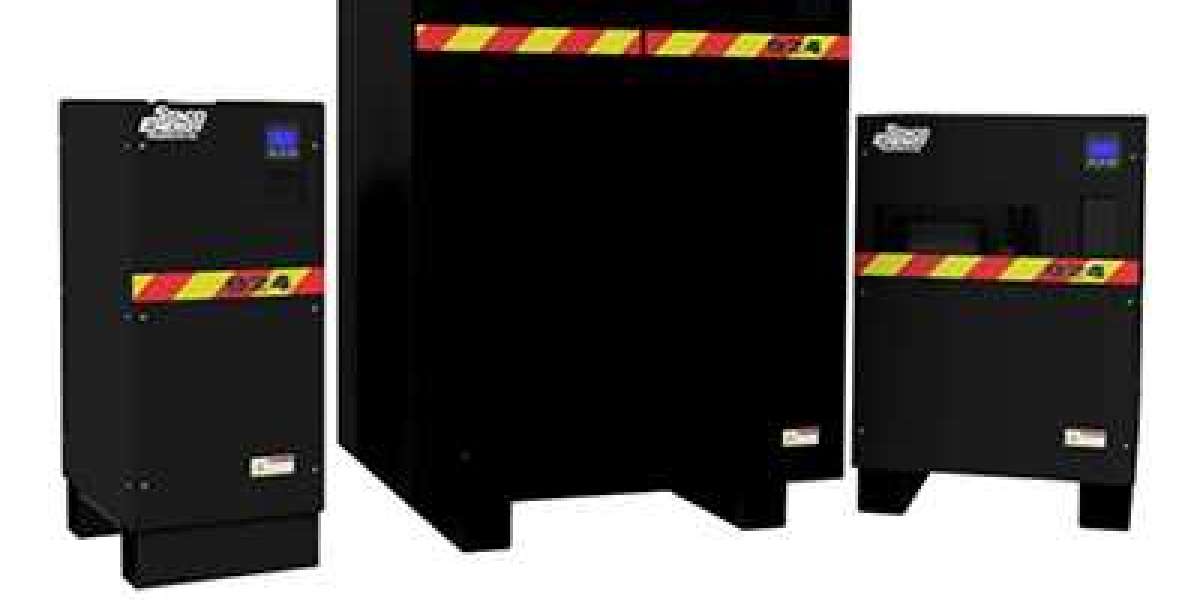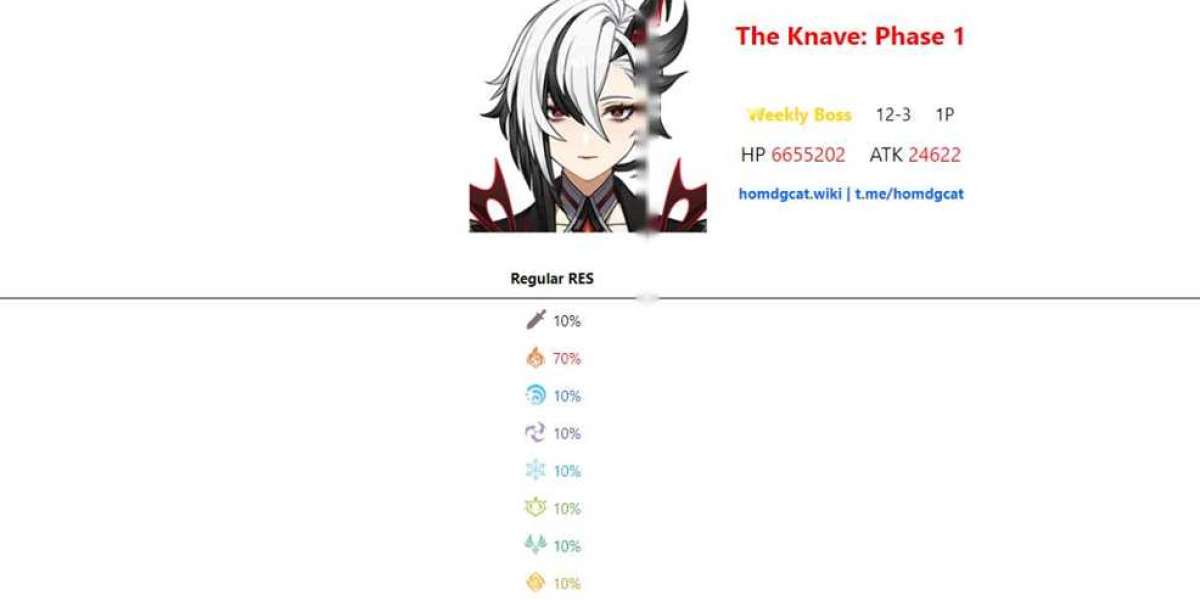These devices provide backup power to essential lighting systems, helping to guide occupants safely out of buildings or facilities. With the advancement of technology, modern emergency lighting inverters offer a range of features designed to enhance reliability and performance.
If you're in the market for an emergency lighting inverter, here are some key features to consider:
- DSPM Technology
DSPM (Digital Signal Processor Microcontroller) technology significantly advances emergency lighting inverters. This technology allows for precise control and monitoring of the inverter's functions, ensuring efficient operation during emergencies. DSPM-enabled inverters offer enhanced reliability and performance, making them ideal for critical applications where downtime is not an option.
- Automatic Self-Testing Capabilities
Reliable operation is paramount when it comes to emergency lighting systems. Look for inverters equipped with automatic self-testing capabilities. These systems perform regular diagnostic tests to ensure that the inverter and connected lighting fixtures are functioning correctly. Automatic self-testing helps detect potential issues before they escalate, ensuring that the emergency lighting system is always ready when needed.
- Battery Monitoring and Management
An emergency lighting inverter's reliability largely depends on the condition of its backup batteries. Modern inverters feature advanced battery monitoring and management systems that constantly monitor the health and status of the batteries. This includes monitoring battery voltage, temperature, and overall capacity. Battery management features help prolong battery life and ensure that the backup power supply is always reliable.
- Scalability and Flexibility
Every building or facility has unique requirements when it comes to emergency lighting. Look for inverters that offer scalability and flexibility to accommodate varying load demands. Scalable inverters allow for easy expansion or upgrades to the emergency lighting system without the need for significant modifications. Additionally, flexible programming options enable customization to meet specific application needs, ensuring optimal performance in any environment.
- Remote Monitoring and Control
In today's interconnected world, remote monitoring and control capabilities are highly desirable features in emergency lighting inverters. Remote monitoring allows facility managers to monitor the status of the inverter and battery system from anywhere with an internet connection. Real-time alerts and notifications ensure prompt action in the event of an issue, minimizing downtime and ensuring the safety of building occupants.
- High Efficiency and Energy Savings
Energy efficiency is a key consideration for any electrical system, including emergency lighting inverters. Look for inverters that utilize high-efficiency components and design principles to minimize energy consumption. Energy-efficient inverters reduce operational costs and contribute to sustainability efforts by conserving resources and reducing carbon emissions.
The Final Words!
When selecting a modern emergency lighting inverter, it's essential to consider a range of factors beyond basic functionality. DSPM technology, automatic self-testing capabilities, battery monitoring, scalability, remote monitoring, and energy efficiency are all critical features to look for in a reliable emergency lighting solution. By choosing an inverter equipped with these advanced features, you can ensure that your emergency lighting system is ready to provide illumination when it matters most.
Investing in a high-quality emergency lighting inverter is an investment in your facility's safety and peace of mind!








